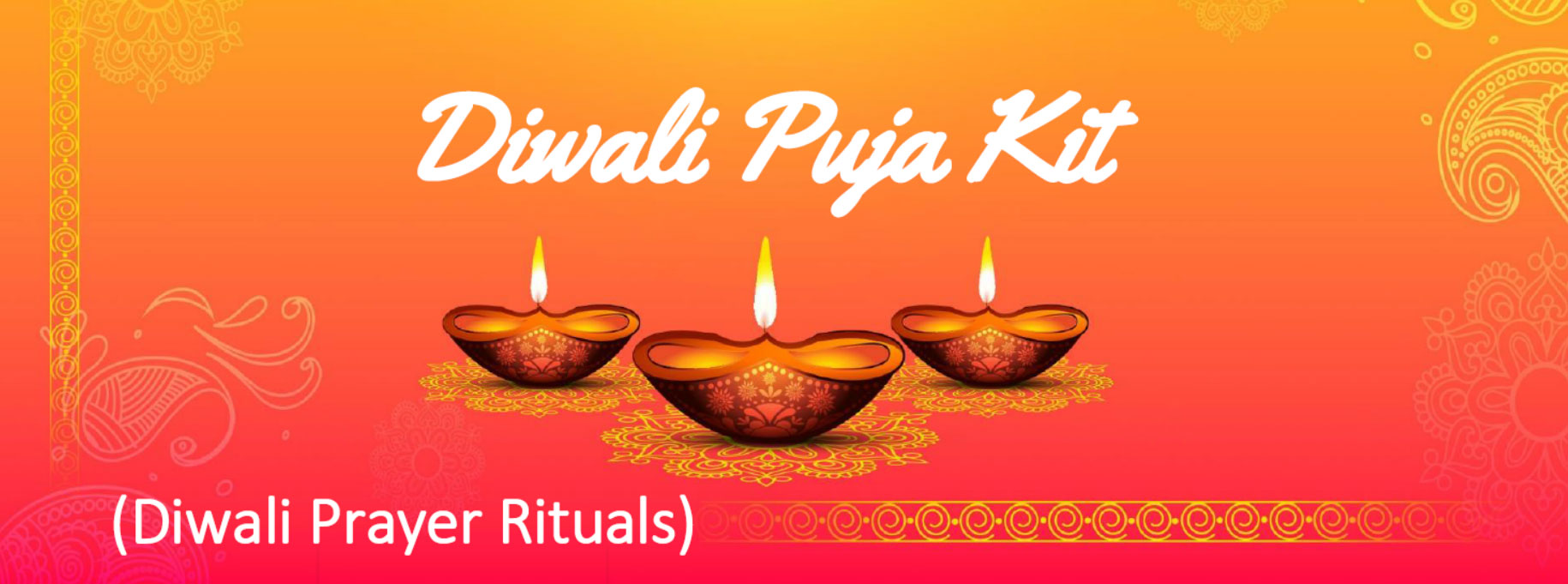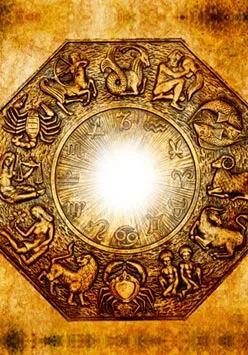Theory of Astrology
Vedic astrology, also called Jyotish, is rooted in the Vedas and reveals karmic patterns, destiny, and spiritual growth through the movement of planets. Using Dashas, transits, zodiac signs, houses, nakshatras, and divisional charts, Vedic Astrology gives us insights into life events and guides us toward balance, awareness, and align us with the energies of the universe.
Vedic astrology is commonly known as “Jyotish”. It forms one of the six limbs of Indian knowledge source, “The Vedas”. It is considered as a branch of knowledge that was revealed to the ancient Indian sages through divine grace. With the help of Vedic astrology, karmic patterns and destiny of an individual can be revealed. Astrology brings the celestial bodies in alignment with humans and explores the connection between the movement of the planets and our day-to-day life. It is deeply rooted in ancient spiritual and philosophical traditions of India where all important decisions are made on the basis of planetary positions and favorable timelines.
Far from just being a superstition, Astrology offers accurate and deep insights that are logical and relatable, guiding those in need for direction and healing.
Vedic Astrology prescribes predictions based on Moon Sign for more accuracy. Do not know your Moon Sign? Find out instantly for FREE by filling the form below!
How Vedic Astrology works?
Vedic astrology explores Planetary movements in the sky and observes the influence of those movements on human lives. The Sanskrit word for astrology - "Jyotish" is derived from the root “Jyoti” meaning light and “Isha” meaning God, together they mean the “Light of God.” This is because astrology sheds light on a person’s past life karma, present situation and future endeavors by the close observations of planetary positions at the time of a person’s birth.
Vedic astrology believes in the laws of karma, which means that whatever we do, whether it is good or bad, it comes back to us sooner or later in the form of rewards or struggles. It also mentions that the soul of a person is ever present for eternity and appears on the earth again and again, taking birth in accordance with the actions done in previous lives.
The astrological birth chart of a person reveals the past life karmas, karmic debts, spiritual journey and destiny of a person. With the help of various principles and branches of astrology, precise life events down to the next day or even the next few hours can be predicted by expert astrologers.
.jpg)
Composite Astrology Report
Composite Astrology is by far the most exhaustive personal life reading that you could request for. It is one of the bestsellers on the site. It can be requested for a complete astrological analysis of your birth chart. It covers predictions of your life over the next 20 years. more
Origins of Vedic Astrology
The roots of Vedic astrology can be traced back to the Rigveda written around 1200 BCE, where the planetary motions, lunar cycles, solar and lunar eclipses, and cosmic influence was discussed for the first time.
The earliest known text of vedic astrology is known as Vedanga Jyotisha, written by sage Lagadha. Vedangana Astrology primarily focused on timekeeping for vedic rituals. At that time astrology was not meant for making life predictions but to astronomically track celestial movements to decode auspicious timings for important activities, rituals and worship.
Later during this era (1200 BCE), Sage Parashara authored the book “Brihat Parashar Hora Shastra” describing predictive astrology in great detail. Moreover, Sage Jaimini discovered alternate methods of prediction giving unique knowlwdge like Chara Karakas and Karaka Dashas.
Since then, astrology has become wildly popular with its integrating spiritual insight with mathematical precision. Millions of people have benefitted from astrology and use it regularly to stabilize their life and sidestep the hurdles coming along their way.
During the Medieval Period between 600 CE – 1600 CE classical Texts like Brihat Jataka was written by Varahamihira, Saravali was written by Kalyana Varma, and Phaladeepika was by Mantreswara, refining the already existing astrological insights and giving greater detail about birth chart analysis and calculating planetary strength. They also explored yogas and doshas formed in the birth chart due to certain particular planetary combinations.
Despite colonial suppression and scientific skepticism, Vedic astrology survived through the test of time because of its deep roots in the traditional lineages. In the 20th century, great scholars like B.V. Raman, K.N. Rao, and Sanjay Rath revived the academic and spiritual significance of astrology.
Therefore, today, it is globally practiced and is recognized for providing insights about karmic balance and destiny of a person.
Foundations of Vedic Astrology
Dashas
Vedic astrology teaches that time is cyclical, not linear. The universe moves in great cycles (Yugas), and within them, the planets rotate in predictable rhythms, each influencing human behavior, psychology, and evolution. The Dashas (planetary time periods) and transits (Gochara) are time-mapping tools that show when specific karmic results will unfold.
The Nine Grahas (Planets)
In Vedic astrology, the nine Grahas are the Sun that symbolizes Soul, vitality, immunity, father and confidence, Moon symbolizes Mind, emotions, Mars symbolizes Energy, aggression, Mercury symbolizes Intellect, communication and adaptability, Jupiter symbolizes Wisdom, dharma and idealism, Venus symbolizes Love, beauty and wealth, Saturn symbolizes Karma, discipline and obstacles, Rahu (North Node) symbolizes Desire, illusion and obsession Ketu (South Node) symbolizes Detachment, liberation and spirituality.
Each planet represents both physical and spiritual energies, influencing different areas of life depending on their placement.
The 12 Zodiac Signs
The sky is equally divided into 12 Zodiac signs of 30° each. Each sign is named after a constellation present within it and is ruled by one of the 9 planets mentioned above. These Signs reflect a variety of different qualities and prospects mirroring the qualities of their ruling planet.
The 12 Zodiac signs are: Aries, Taurus, Gemini, Cancer, Leo, Virgo, Libra, Scorpio, Sagittarius, Capricorn, Aquarius and Pisces that represent the life’s journey from self-awareness to spiritual liberation. Each sign influences the behavior of planets occupying them.
27 Nakshatras
In Vedic astrology, the sky is divided into signs which are further divided into 27 (sometimes 28) Nakshatras. Every nakshatra spans around 13°20’ each. Moon crosses approx. 1 Nakshatra each day since it takes 27.3 days to circle the horoscope belt. Reading the Nakshatra placement of the planets during the time of birth, especially the moon gives deeper insights into the hidden personality and life path of a person.
Every nakshatra is ruled by a specific deity and a specific planet. Thay are further sub categorized into padas. The ruling deities bridge the gap between astrology and Indian mythology and spiritual beliefs.
The 12 Houses
While the 12 zodiac signs keep moving, the birth chart is also divided into 12 houses that remain fixed, each house represents a specific sphere of life:
1st House – Self, Body, Personality, Longevity
2nd House – Wealth, food habits, Speech, Family
3rd House – Communication, Siblings, Neighbors, Short Journeys
4th House – Home, Mother, Assets, Luxuries, Emotions
5th House – Creative Talents, Children, Love life, Speculation
6th House – Health, Selfless Service, Daily Routines
7th House – Partnerships, Marriage, Contracts
8th House – Transformation, Secrets, Mysteries, Longterm suffering
9th House – Philosophy, Higher Education, Travel, Religion
10th House – Career, Public Image, Authority
11th House – Friendships, Community, Aspirations, Gains
12th House – Moksha, Losses, Subconscious, spirituality
The combination of planets, signs, and houses produces yogas, which indicate strengths, challenges, talents, and events.
Dasha Systems
Vedic astrology operates on various Dasha systems, which reveal timing of events past and upcoming events. While there are over 40 Dasha systems given in astrology based on planetary movements, signs and nakshatras, the most widely used one is the Vimshottari Dasha, that based on the Moon’s Nakshatra during the time of birth.
Dasha’s dedicate a fixed period to each planet (e.g., Venus – 20 years, Saturn – 19 years), which shows karmic themes active during different stages of life.
Divisional Charts (Vargas)
A distinctive feature of Vedic astrology is its use of divisional charts, created by dividing each sign further. These charts zoom in on specific areas of life, for example: Navamsa (D9) – marriage, dharma, Dashamsa (D10) – career, Shashtiamsa (D60) – past life karma etc. They reveal the subtle layers of destiny beyond the surface horoscope.
.jpg)
Detailed Life Reading
The Detailed Life Reading is prepared using Vedic predictive means and for this your birth chart is analysed with a deep analysis of the dasa system and all planetary transits during the relevant period. more
Purpose of Vedic Astrology
Vedic astrology is not just to make life predictions, but it provides a unique prescriptive to understand karma and destiny and leads us towards spirituality. The main purpose of astrology is:
- To guide individuals on their karmic life path
- To provide remedies to overcome adversities (puja, gemstone, etc.)
- To identify periods for inner growth and material gains.
- To align one's life on a moral path.
Conclusion
Vedic astrology is much more than a tool for making predictions. It is a sacred science that can guide us towards a balanced life and aligns us spiritually. The philosophy of Vedic astrology is based on celestial movements. It helps us decode our life’s purpose and helps us grow.
In a world obsessed with external control, Astrology gently reminds us to peak inwards, to attune our soul with the universe, and to embrace life with awareness and surrender. It is not about escaping destiny, but about meeting it consciously, with a little bit of insight, compassion, and pure divine grace.
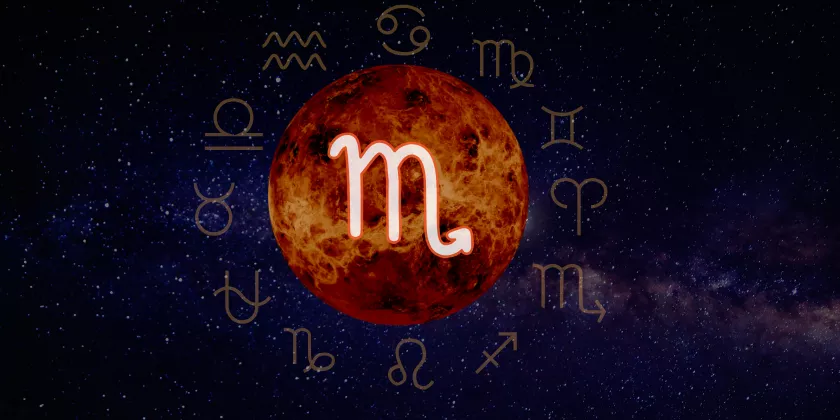 Mercury Transits Scorpio, 6 Dec 2025 till 29 Dec 2025
Mercury Transits Scorpio, 6 Dec 2025 till 29 Dec 2025
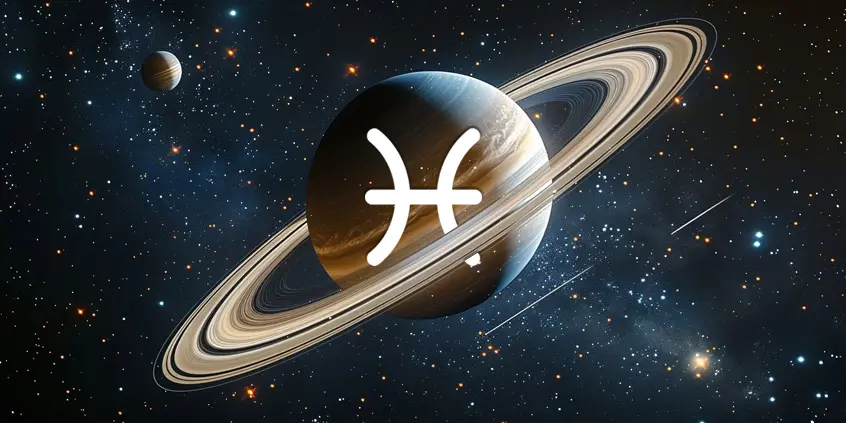 Saturn in Pisces
Saturn in Pisces
 Horoscope Analysis of Narendra Modi
Horoscope Analysis of Narendra Modi
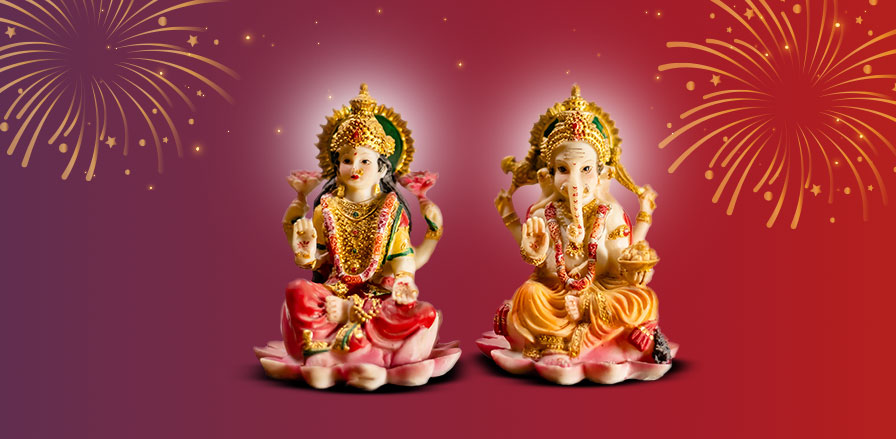 Diwali 18 Oct till 23 Oct 2025: Date, Puja Time and Significance of this 5-Day Festival
Diwali 18 Oct till 23 Oct 2025: Date, Puja Time and Significance of this 5-Day Festival
